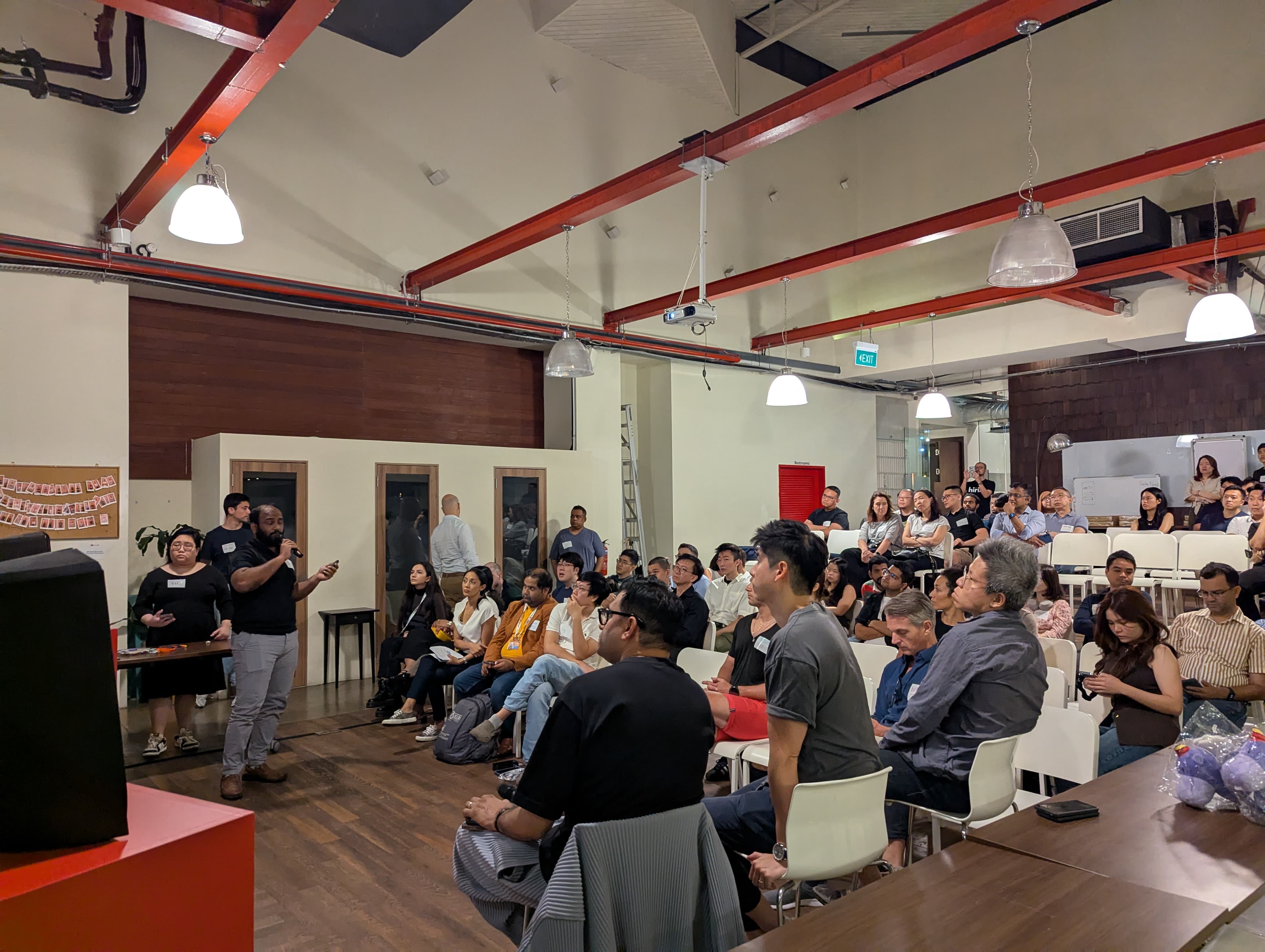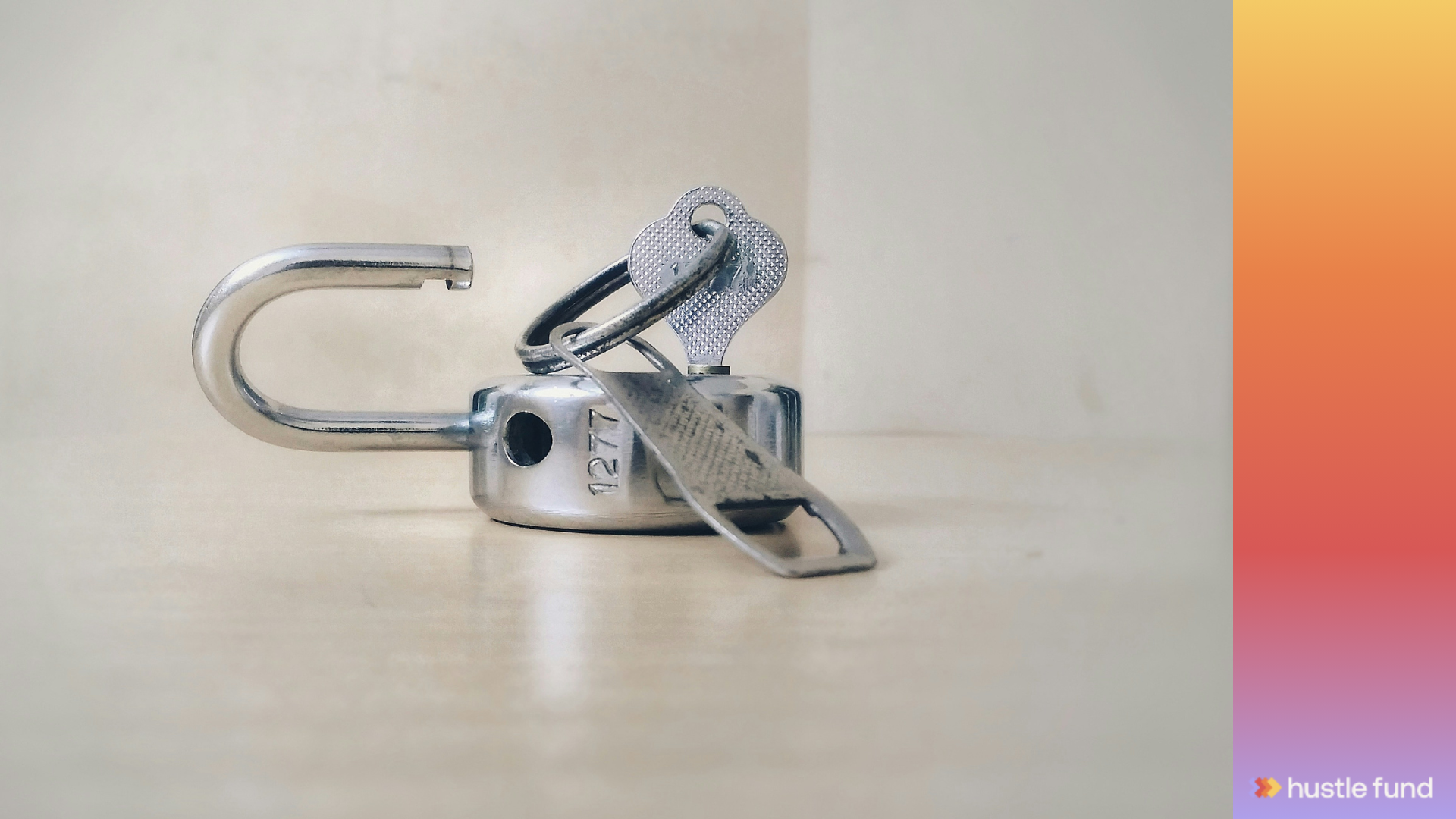The Limited Partnership Agreement: The VC Contract Nobody Reads (But Everyone Should)
.png)
Brian Nichols is the co-founder of Angel Squad, a community where you’ll learn how to angel invest and get a chance to invest as little as $1k into Hustle Fund's top performing early-stage startups.
You know what's wild? Most LPs invest hundreds of thousands or even millions of dollars into venture funds without fully understanding the Limited Partnership Agreement.
The LPA is like the constitution of a venture fund. It spells out everything: how much the GPs get paid, when they can invest, what happens if things go sideways, and about a million other details that sound boring until they actually matter.
Let me break down what you actually need to know.
What Even Is an LPA?
When a VC firm raises a fund, they're creating a limited partnership. The General Partners (GPs) run the fund and make investment decisions. The Limited Partners (LPs) provide the capital but have limited control and limited liability.
The LPA is the contract between these two groups. It's usually 50-100 pages of dense legal language that governs how the partnership operates for the next 10-12 years.
Most first-time LPs don't negotiate anything in the LPA. They just sign. That's usually fine if you're investing in an established fund with standard terms. But if you're going into a first-time fund manager or seeing unusual terms, you need to understand what you're agreeing to.
The Economics That Actually Matter
Management fees. This is how GPs pay their salaries and office expenses. Standard is 2% per year of committed capital for the first 5 years, then it drops to 2% of remaining invested capital.
So if you commit $100k to a fund, they're taking $2k per year in management fees. Over 10 years, that's $20k that doesn't go into startups.
For a $10M fund, that's $200k per year. Sounds like a lot until you realize GPs need to pay salaries, rent, travel, legal fees, and everything else. Many first-time fund managers actually lose money on management fees.
Carry. This is the GP's share of profits. Standard is 20%, but some funds do 25% or even 30% if they're in high demand.
Here's how it works: LPs get their money back first. Then profits are split 80/20 (or whatever the LPA says). So if a $10M fund returns $30M, LPs get their $10M back, then the remaining $20M profit is split with $16M to LPs and $4M to GPs as carry.
Some funds have a hurdle rate, meaning GPs only get carry after LPs receive a certain return (like 8% annually). This aligns incentives better.
Recycling. This is huge but often overlooked. When a portfolio company exits or shuts down and returns capital, can the fund reinvest that money?
Most funds can recycle up to 120% of fund size. This is actually critical for returns. Being able to redeploy capital from early exits into new deals gives funds more at-bats.
The Control Terms
Investment period. Usually 3-5 years. This is how long the GPs have to deploy the capital into new investments. After that, they can only make follow-on investments in existing portfolio companies.
Key person provision. What happens if a key GP leaves or dies? Usually the fund stops making new investments and returns remaining capital to LPs. This protects LPs from having their money managed by people they didn't sign up to back.
Conflicts of interest. Can the GP invest personal money alongside the fund? Can they serve on boards of competing companies? Can they raise another fund while this one is still investing?
These provisions vary wildly. Some funds are super restrictive, others are looser. As an LP, you want to understand what your GPs can and can't do.

The 99 LP Problem
Here's something that surprises people: most funds can only have 99 LPs if the fund size is over $10M. Under $10M, you can have 250 LPs.
Why? SEC rules around who can invest in private partnerships.
This creates weird dynamics. As funds grow, they need to increase minimum check sizes to stay under the LP limit. First-time funds might accept $25k checks. By fund two or three, minimums are $100k or $250k.
This squeezes out smaller LPs over time. If you want to invest in emerging managers, you almost have to get in on fund one, because by fund three, you won't be able to write a big enough check.

What Can Go Wrong
Misalignment on distributions. Some LPs want cash back from exits. Others want the fund to recycle as much as possible for higher returns. The LPA should spell out the distribution policy, but there's usually some GP discretion.
We've seen situations where LPs are unhappy because they haven't received distributions after 5 years, even though the fund has had exits. The GPs are recycling that capital, which is legally allowed but frustrates LPs who need liquidity.
Unexpected fees and expenses. The LPA defines what expenses come out of management fees versus what's paid by the fund directly. If this isn't clear, LPs might be surprised by additional capital calls for fund expenses.
GP commitment. How much of their own money are the GPs investing? Standard is 1-2% of fund size, but some funds do more or less. This matters for alignment. If GPs have no skin in the game, their incentives are different.
What Matters Most
Alignment. Does the structure of this LPA create good incentives? Are the GPs going to be motivated to maximize returns for LPs?
Flexibility. Does the LPA give the GPs enough room to operate? Or is it so restrictive that they can't execute their strategy?
Transparency. Does the LPA clearly spell out reporting requirements? Quarterly reports? Annual audits? What metrics will LPs see?
At Angel Squad, one of the things we help members understand is how to evaluate fund structures and LPAs. Because if you're going to invest in funds – whether as an LP or starting your own – you need to understand the legal framework that governs everything.
The Reality Check
Most successful funds have totally standard LPAs. They're not doing anything exotic. The returns come from picking good companies and supporting founders, not from clever legal structures.
But every once in a while, you see a fund with weird terms that should be a red flag. Maybe the GP is taking 30% carry with no hurdle. Maybe they're allowing themselves to raise three funds simultaneously. Maybe the management fees are 3% instead of 2%.
Read the LPA. Ask questions. If something feels off, it probably is.
The LPA is boring. It's dense. It's not as exciting as talking about AI startups or the next big tech trend. But it's the foundation of everything in venture capital. Understanding it is not optional if you want to be a sophisticated investor.













